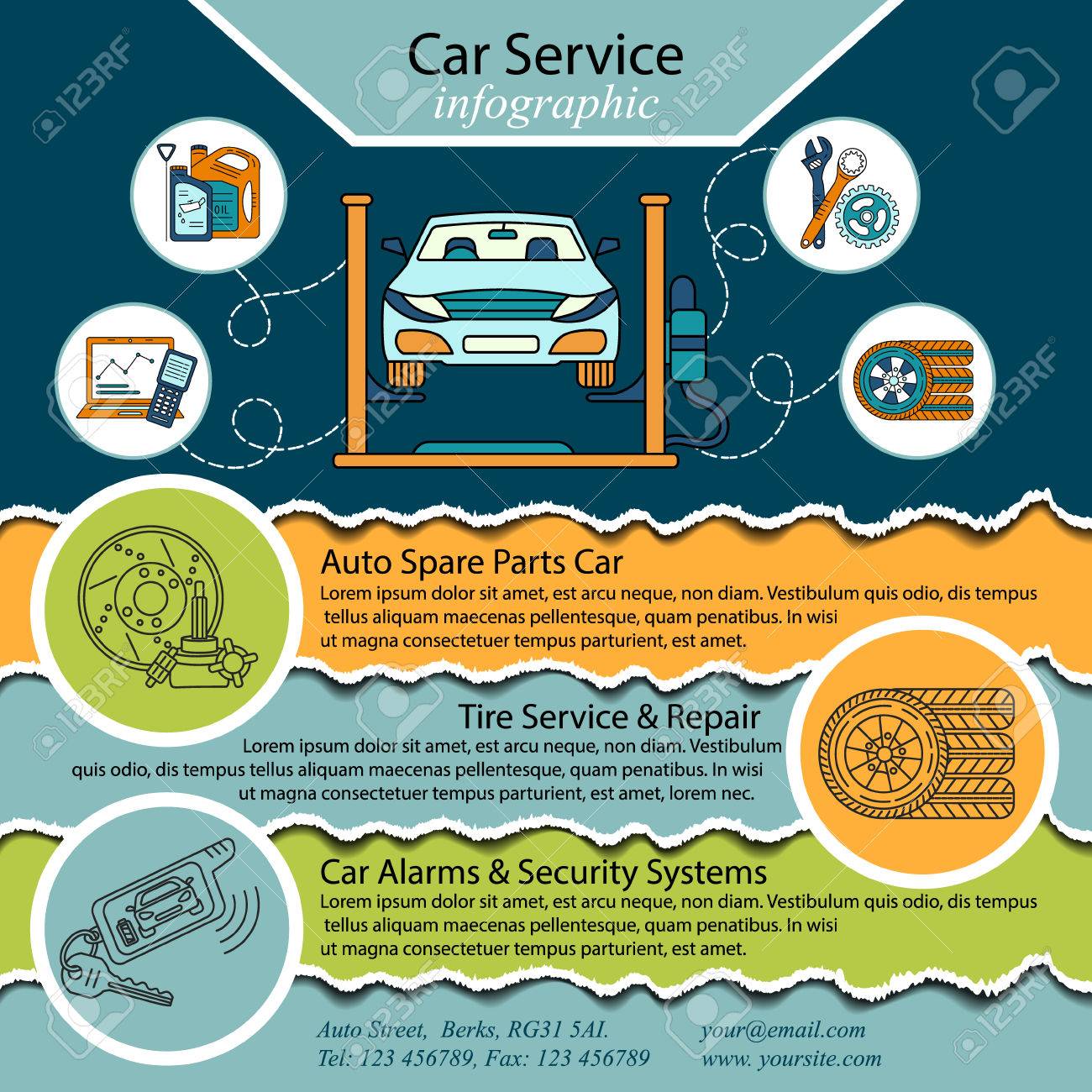Eager To Know What The Control Panel Caution Lights In Your Car Symbolize? Explore Their Definitions For The Well-Being And Safety And Security Of Your Vehicle
Eager To Know What The Control Panel Caution Lights In Your Car Symbolize? Explore Their Definitions For The Well-Being And Safety And Security Of Your Vehicle
Blog Article
Material Writer-Faulkner Alvarado
When you lag the wheel, those beautiful caution lights on your control panel can be a little bit perplexing. Do you know what they're trying to inform you regarding your car's health? Recognizing the significance of these lights is essential for your security and the durability of your automobile. So, car detailing course nz following time one of those lights pops up, wouldn't you want to decipher its message properly and take the necessary actions to resolve it?
Common Warning Lights and Interpretations
Recognize typical warning lights in your auto and recognize their significances to make certain secure driving.
One of the most common warning lights include the check engine light, which signals issues with the engine or emissions system. If this light begins, it's essential to have your vehicle checked without delay.
The oil stress warning light suggests reduced oil stress, requiring immediate interest to avoid engine damage.
A blinking battery light could recommend a damaged billing system, possibly leaving you stranded otherwise addressed.
The tire pressure monitoring system (TPMS) light notifies you to reduced tire pressure, impacting automobile security and gas effectiveness. Neglecting this can bring about dangerous driving problems.
The ABS light indicates a problem with the anti-lock stopping system, compromising your capacity to stop swiftly in emergency situations.
Lastly, the coolant temperature level alerting light warns of engine getting too hot, which can cause severe damages otherwise fixed quickly.
Recognizing these usual caution lights will help you resolve concerns without delay and preserve safe driving problems.
Relevance of Prompt Focus
Comprehending the typical caution lights in your vehicle is only the primary step; the value of immediately addressing these warnings can't be stressed enough to guarantee your security when traveling.
When a warning light brightens on your control panel, it's your car's means of connecting a possible problem that needs attention. Ignoring these warnings can lead to a lot more severe troubles in the future, jeopardizing your safety and potentially costing you more out of commission.
Prompt focus to alerting lights can stop failures and accidents. For instance, a blinking check engine light might indicate a misfire that, if left neglected, can create damages to the catalytic converter. Addressing https://brakes-near-me06172.theideasblog.com/32567900/the-ease-of-mobile-auto-detailing-transforms-your-lorry-s-look-but-is-it-as-reliable-as-conventional-methods-discover-the-truth-behind-this-solution can save you from a costly repair.
Similarly, a brake system cautioning light may signify reduced brake liquid or used brake pads, vital elements for your safety and security when driving.
DIY Troubleshooting Tips
If you observe a warning light on your control panel, there are a few DIY fixing pointers you can try prior to looking for expert assistance.
The initial step is to consult your vehicle's guidebook to understand what the details caution light shows. Occasionally the concern can be as straightforward as a loosened gas cap setting off the check engine light. Tightening the gas cap might resolve the issue.
Another typical problem is a reduced battery, which can cause various warning lights. Examining the battery links for deterioration and guaranteeing they're safe might take care of the issue.
If a warning light persists, you can attempt resetting it by separating the cars and truck's battery for a few mins and after that reconnecting it. In addition, examining your automobile's liquid levels, such as oil, coolant, and brake liquid, can assist troubleshoot alerting lights associated with these systems.
Conclusion
Finally, comprehending your auto's warning lights is vital for keeping your car running smoothly and securely. By without delay attending to these signals and understanding what they imply, you can avoid pricey fixings and possible failures.
Remember to consult your car's handbook for particular details on each cautioning light and take action appropriately to ensure a trouble-free driving experience.
Keep educated, stay safe on the road!
